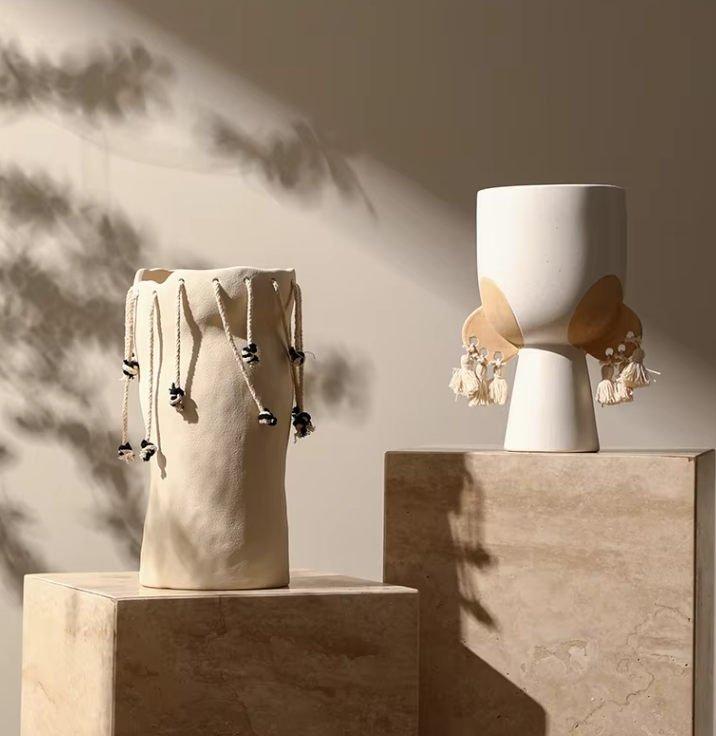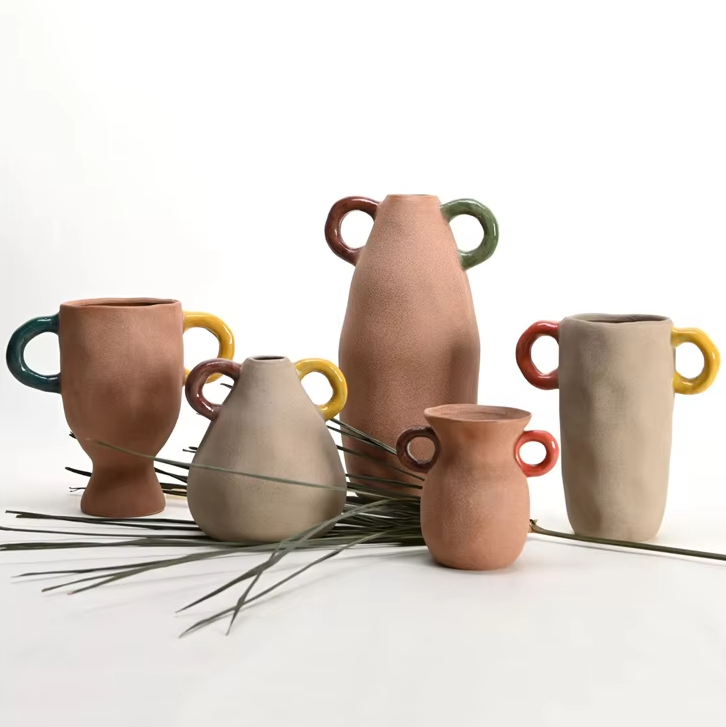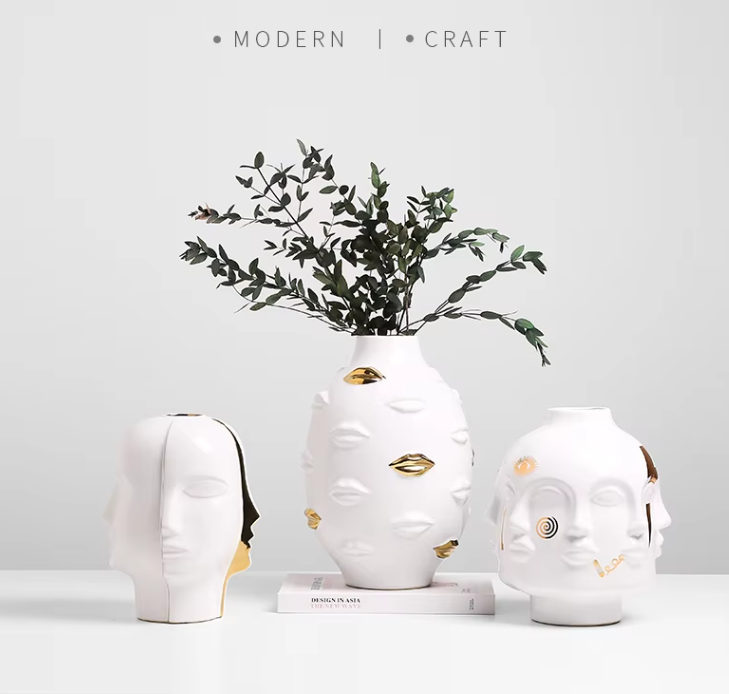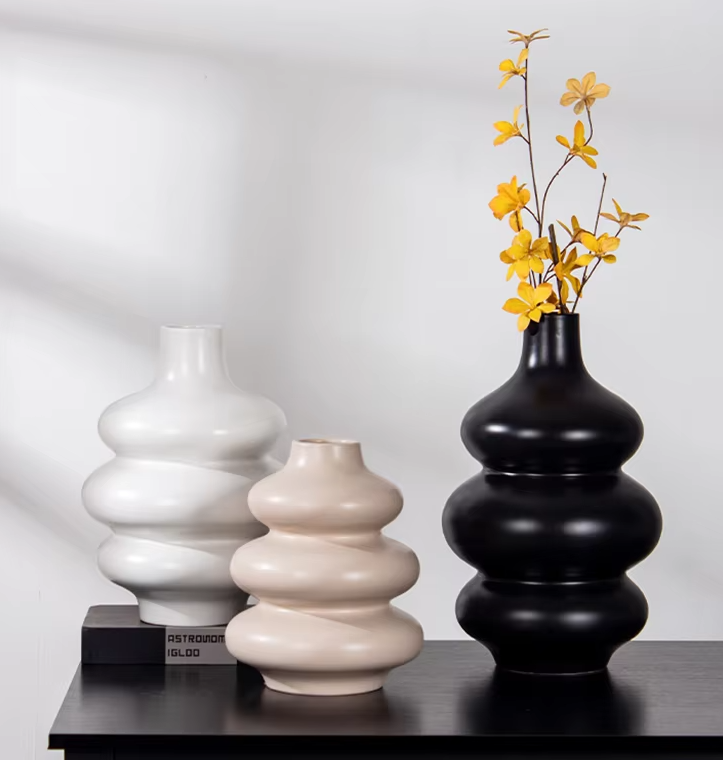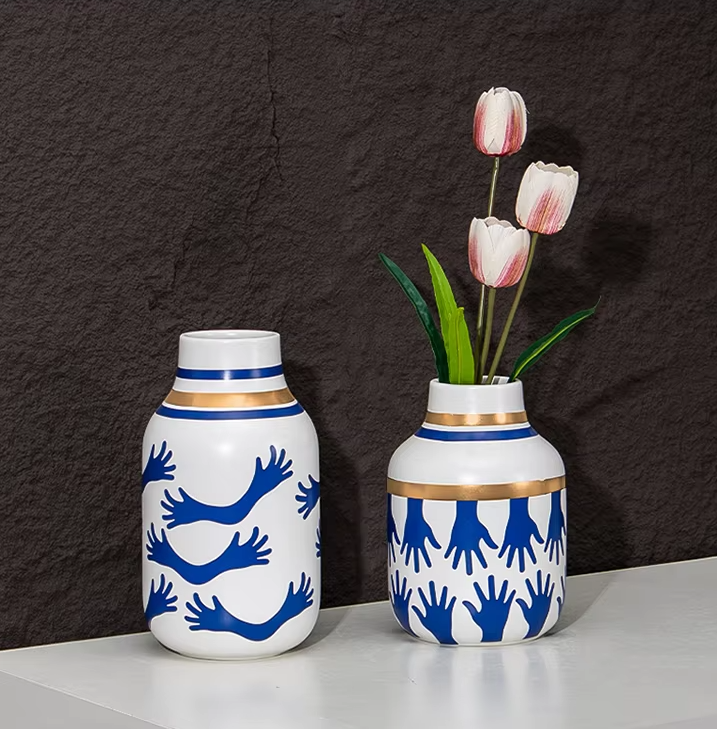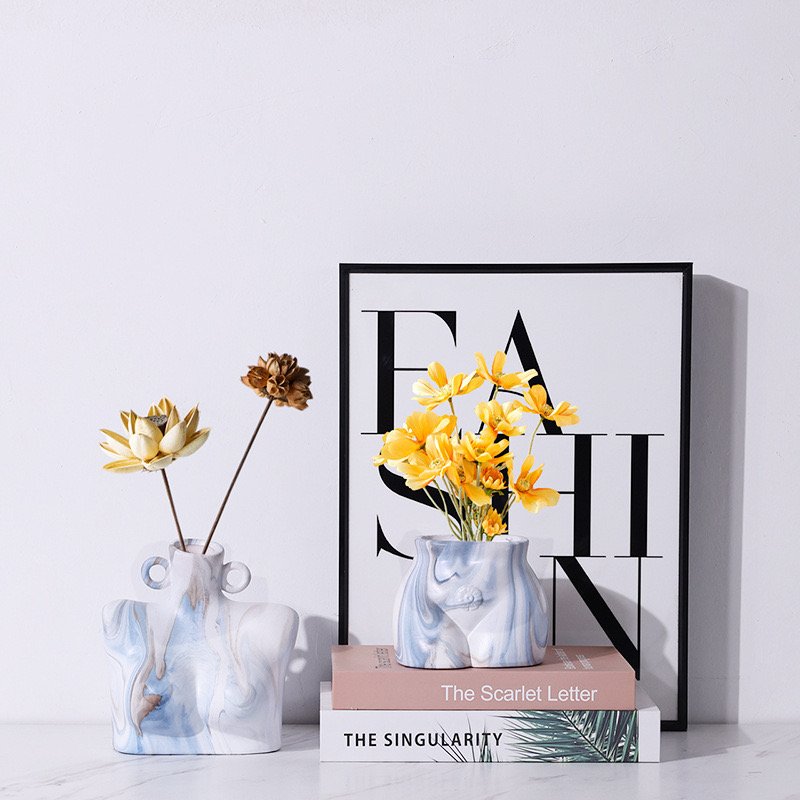Ceramic vases have long been a staple in interior decor, prized for their aesthetic appeal and timeless versatility. However, as trends evolve, texture and shape have emerged as key defining factors shaping consumer preferences and purchasing decisions. For retailers, staying ahead of these trends is vital to attract buyers and maintain relevance in a competitive market. This comprehensive guide delves into the transformative role of texture and shape in ceramic vase design, offering actionable insights and data-driven observations for global buyers.
1. The Growing Importance of Texture in Ceramic Vase Design
A Shift Toward Tactile Aesthetics
In recent years, texture has taken center stage in ceramic vase design. Consumers increasingly gravitate toward pieces that engage the senses, and tactile surfaces create a sense of depth and uniqueness. Smooth, glossy finishes are now sharing shelf space with vases that feature rough, matte, or embossed textures.
Popular Texture Trends
Here are the most sought-after texture styles and their appeal:
| Texture Type | Characteristics | Consumer Appeal | Best Fit |
|---|---|---|---|
| Matte Finishes | Soft, non-reflective surfaces | Modern, minimalist aesthetics | Urban apartments, Nordic decor |
| Embossed Patterns | Raised floral, geometric, or abstract designs | Adds artistic flair, tactile interest | Eclectic, bohemian interiors |
| Rough/Raw Surfaces | Unpolished, natural textures | Rustic charm, organic feel | Farmhouse, cottage-style homes |
| Mixed Media Textures | Combination of materials like wood or metal with ceramics | Unique, multi-sensory appeal | Luxury or bespoke settings |
| Reactive Glaze | Surfaces with variegated tones created during the glazing process | Dynamic, one-of-a-kind designs | Artisan-inspired collections |
Practical Insights for Retailers
- Highlight Unique Textures: Invest in professional photography that captures the tactile qualities of your ceramic vases. Use close-up shots to emphasize the texture.
- Create Interactive Displays: Allow customers to touch and feel the vases in physical stores, enhancing their sensory experience.
- Educate Buyers: Use product descriptions to explain the inspiration and crafting process behind the textures, making the items more appealing.
2. Shapes that Redefine Ceramic Vase Trends
The Evolution of Vase Shapes
While traditional vase shapes like cylindrical or rounded designs remain popular, contemporary consumers are drawn to unconventional silhouettes. Bold and geometric forms, asymmetry, and multi-functional designs are redefining the market.
Shape Categories and Their Impact
| Shape Category | Examples | Advantages | Target Market |
|---|---|---|---|
| Geometric Shapes | Hexagons, cubes, triangles | Modern, sculptural appeal | Contemporary art enthusiasts |
| Organic Forms | Free-flowing, asymmetrical designs | Evokes nature, unique in every piece | Bohemian or natural decor lovers |
| Bud Vases | Small, narrow necks | Ideal for single stems, minimal arrangements | Compact living spaces |
| Oversized Vases | Large, statement pieces | Creates focal points, complements open spaces | High-end, luxury markets |
| Stacked Designs | Modular or layered structures | Innovative, multi-functional aesthetics | Trend-forward buyers |
Current Trends in Vase Shapes
- Asymmetry: Breaking away from perfect symmetry, these designs add visual intrigue and emphasize handcrafted artistry.
- Stackable Forms: Offering functionality and style, stackable vases cater to consumers seeking versatility.
- Sculptural Pieces: With shapes resembling abstract art, these vases double as decor and conversation starters.
3. Combining Texture and Shape: A Winning Formula
The interplay between texture and shape defines the most captivating ceramic vases. For instance:
- Reactive Glaze with Organic Shapes: Evoking a natural, earthy vibe.
- Embossed Geometric Patterns: Merging modernity with tactile interest.
- Matte Oversized Vases: Subtle yet commanding presence in large spaces.
Case Study: Successful Integration
A boutique retailer in Europe introduced a collection of matte, asymmetrical vases with reactive glaze finishes. The collection became a bestseller due to its versatility and the perception of exclusivity.
4. Regional Preferences: Texture and Shape Trends Across Markets
| Region | Preferred Textures | Popular Shapes | Remarks |
|---|---|---|---|
| North America | Matte, embossed patterns | Oversized, geometric | Minimalist, mid-century modern decor leads preferences. |
| Europe | Reactive glaze, mixed textures | Organic, asymmetrical | Artisan-inspired designs are highly favored. |
| Asia | Glossy finishes, clean lines | Cylindrical, bud vases | Simple elegance aligns with traditional and modern tastes. |
| Middle East | Intricate embossed patterns | Stacked, oversized | Luxury and opulence are key drivers in this market. |
| Australia | Rough, raw surfaces | Organic, sculptural | Preference for earthy tones and sustainable materials. |
5. The Role of Sustainability in Texture and Shape Trends
Sustainability continues to influence design trends, with a growing demand for eco-friendly materials and practices. Textured surfaces made from recycled clay and natural pigments resonate with environmentally conscious buyers. Similarly, shapes inspired by nature, such as leaf or pebble forms, appeal to those valuing a connection with the earth.
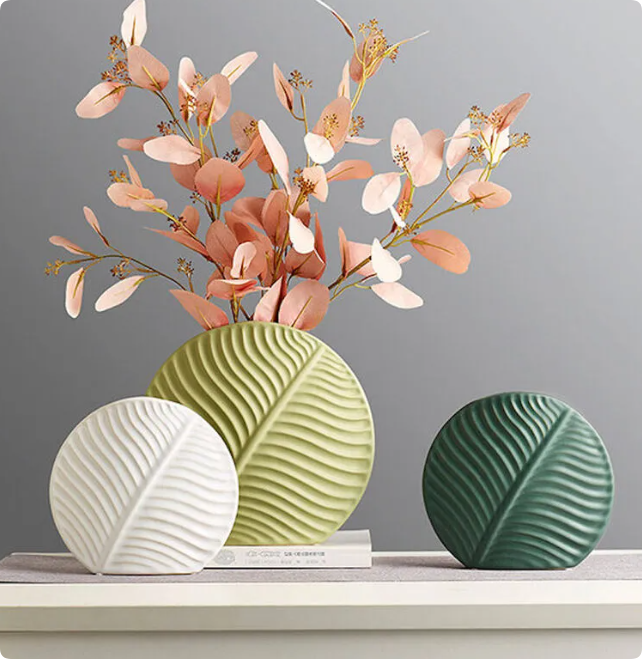
6. Actionable Tips for Retailers
- Curate Collections by Trend: Organize your inventory based on textures or shapes to guide customer choices.
- Offer Customization: Allow buyers to select specific textures or shapes for larger orders, appealing to B2B clients.
- Leverage SEO: Incorporate keywords like “matte ceramic vases,” “organic vase shapes,” or “reactive glaze vases” in your product listings to attract search traffic.
7. Conclusion
Texture and shape are no longer secondary considerations in ceramic vase design; they are the defining factors driving consumer interest and sales. By understanding and capitalizing on these trends, retailers can cater to diverse markets, enhance their product offerings, and ultimately drive success. Whether you’re targeting minimalist enthusiasts in North America or luxury-seekers in the Middle East, aligning your inventory with these insights ensures you remain competitive in the evolving ceramic vase market.

